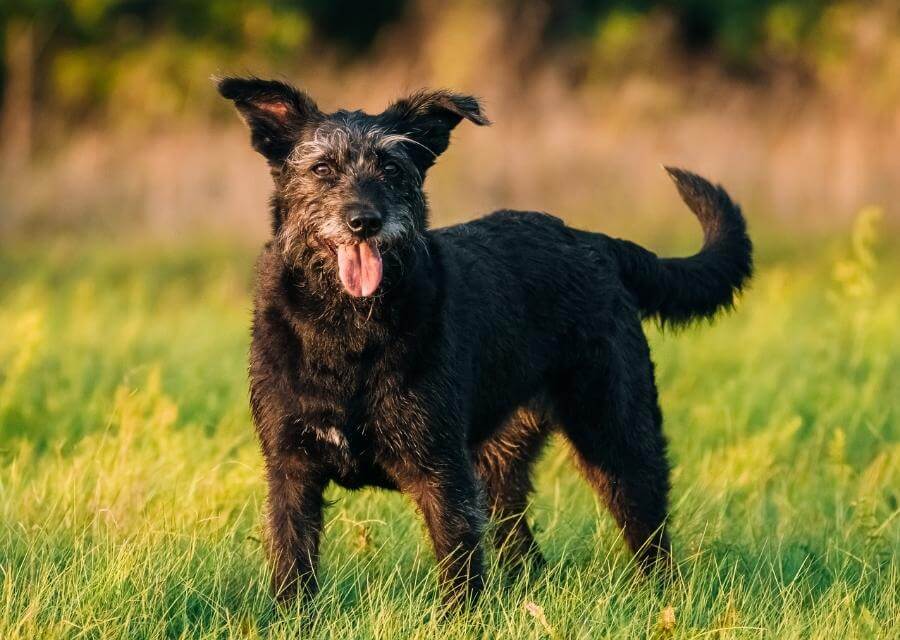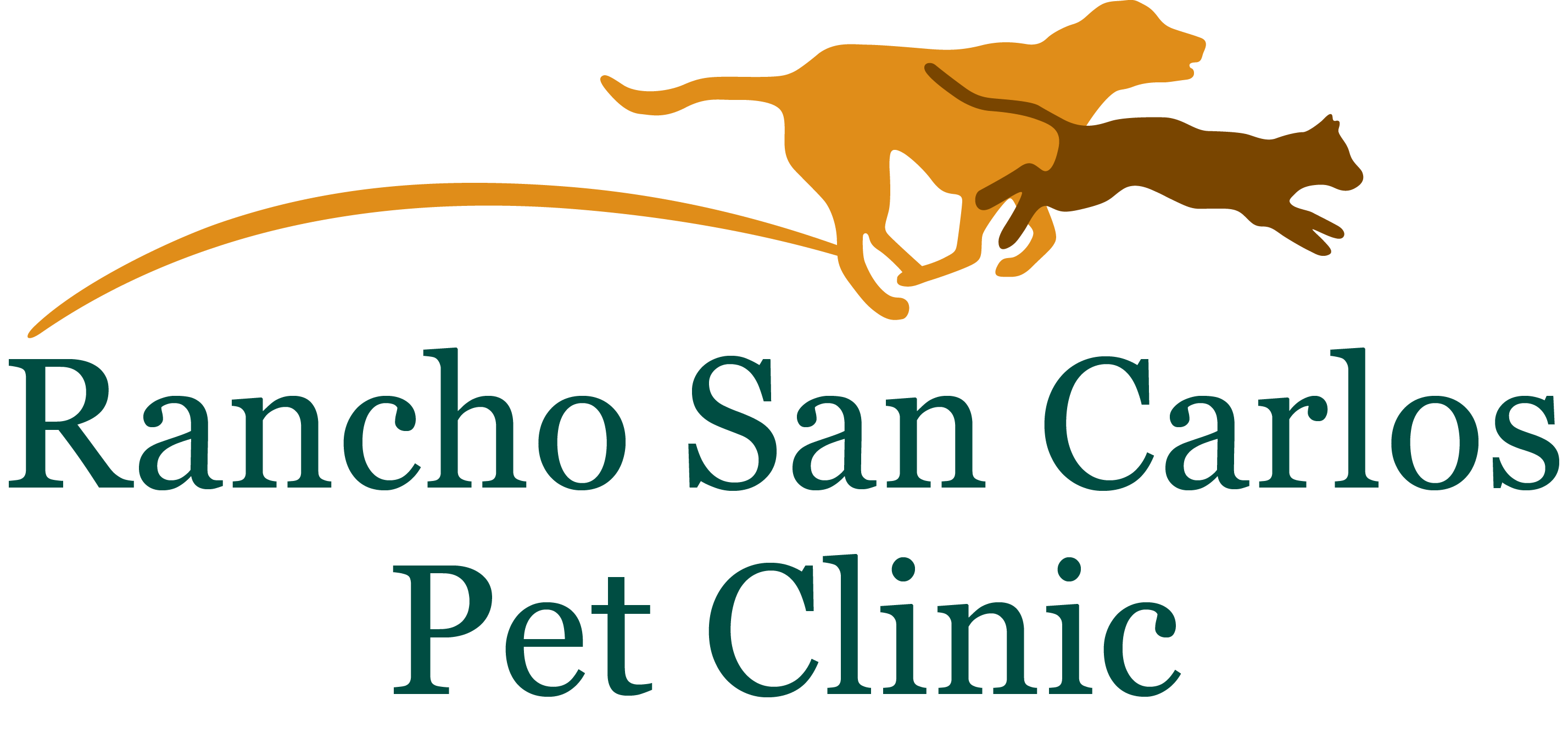Pet Laparoscopic SpayRancho San Carlos Pet Clinic

Pet Laparoscopic Spay

During a traditional spay, a 5 to 10 cm is incision made into the skin and abdominal wall, and the ovarian ligament is blindly ripped away from the body wall, allowing the ovary and the rest of the reproductive system to be removed. The rupture of the ovarian ligament and the traction on the reproductive tract causes bruising of the abdomen wall in your pet, which increases the risk of intraoperative bleeding and postoperative pain. Furthermore, the lengthier incision can take up to two weeks to heal. During this time, you must restrict your pet’s movement, and in most circumstances, your pet must wear an e-collar for the duration to prevent from licking at wounds and causing infection.
During a Laparoscopic Spay, aka “Lap (LOVE) Spay” the operation is performed through two to three micro-incisions created into the belly by performing the surgery laparoscopically (a minimally invasive approach for examining the internal tissues of the abdomen) (0.5 to 1 cm in length). On a TV monitor, a camera magnifies the internal structures of the abdomen, allowing for more surgical precision and fewer difficulties. The veterinarian may precisely cut and cauterize the ovarian ligament rather than tearing it (as in a typical spay) because of the magnified view, which eliminates the agony your pet would experience from the bruises caused by the ligament tearing. Your pet will be able to go home the same day after the micro-incisions are sutured closed. Your pet will have a better quality of life, reduced trauma, faster healing, and up to 65% less post-operative pain after a laparoscopic spay!
A gastropexy can be performed at the time of the lap “LOVE” spay in cases of larger breeds and deep-chested dogs (i.e., Great Dane, German Shepherd, Basset Hound, etc.) to prevent GDV (gastric dilatation and volvulus), life-threatening twisting of the stomach.
Traditional Spay
- 5 – 10 cm long incision
- Post-operative pain & bruising from blind tearing of the ovarian ligament and traction on the reproductive tract
- 14 day recovery period
Laparascopic (Lap or “LOVE”) Spay
- Two micro-incision holes
- Reduced pain and risk of bleeding due to precise surgical cuts and minimal tissue handling
- Up to 65% less post-operative pain
- Minimally invasive technique reduces the risk of intraoperative bleeding and post-op infection
- Nearly 5x’s faster recovery
The laparoscopic spay or “Lap (LOVE) Spay” incorporates the same techniques used in minimally invasive surgeries for people, allowing you to provide your pet with the same degree of care you would expect for yourself. Compared to traditional spays, it is safer, less painful, and results in faster healing times.
A “LOVE Spay” is clearly the least stressful and painful option for both you and your pet!
